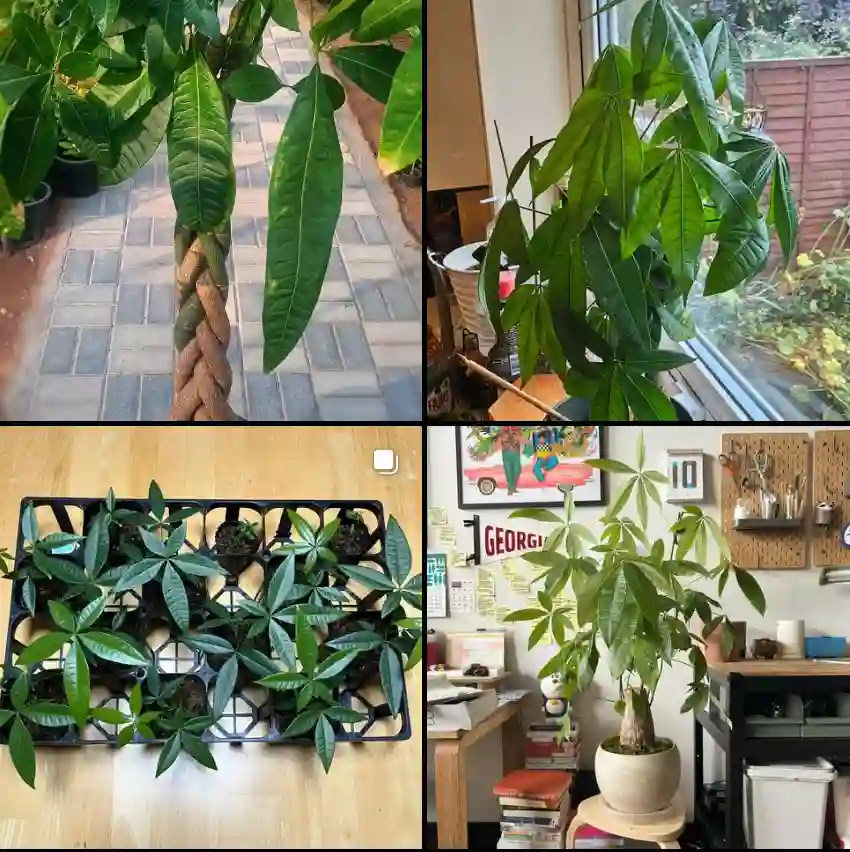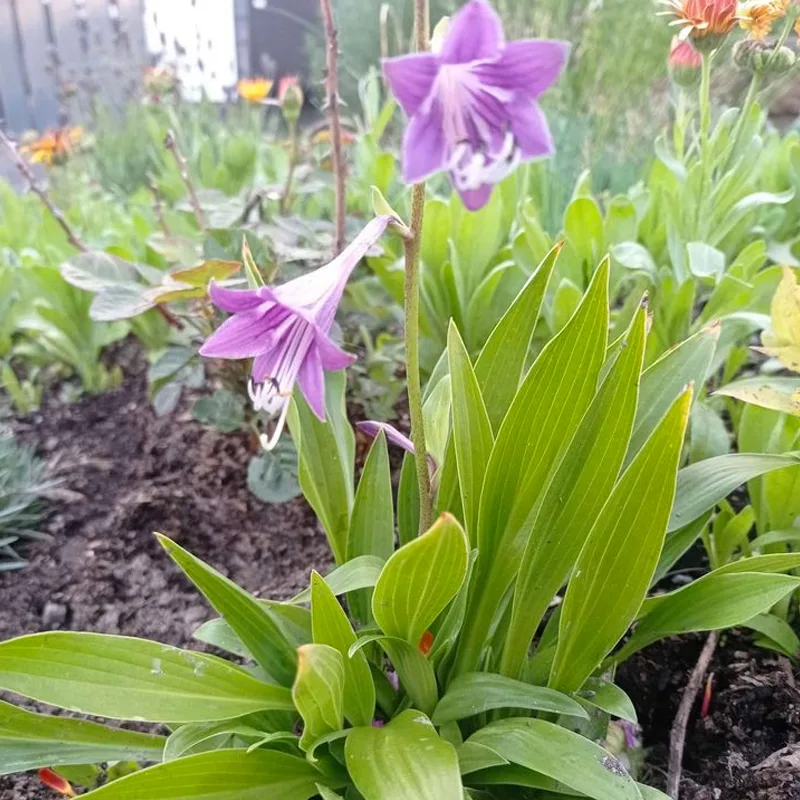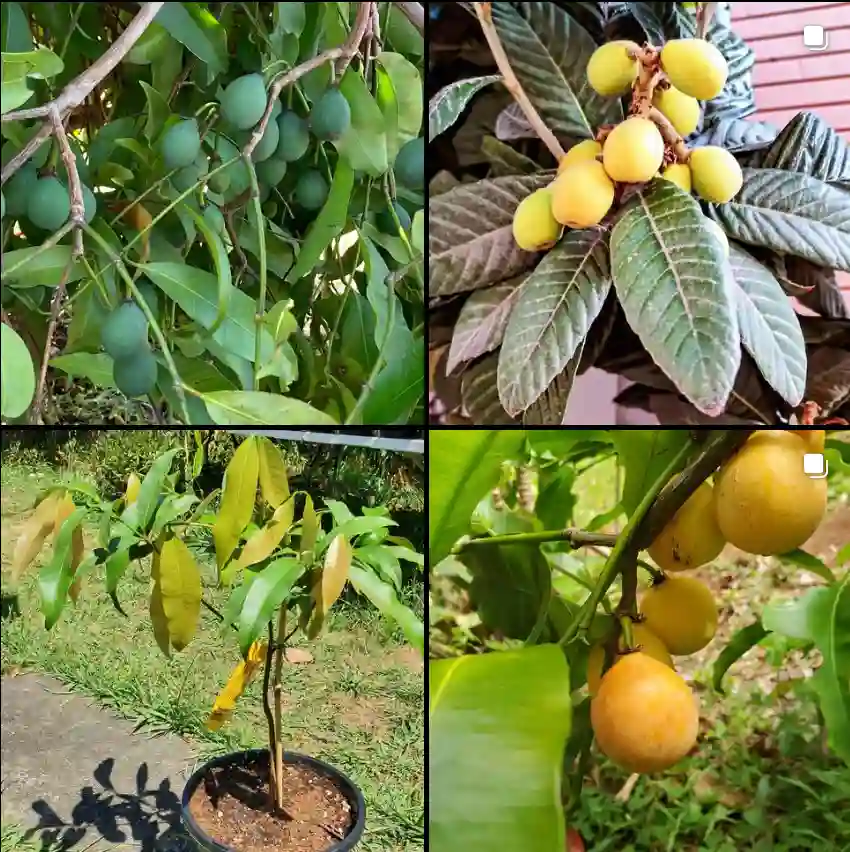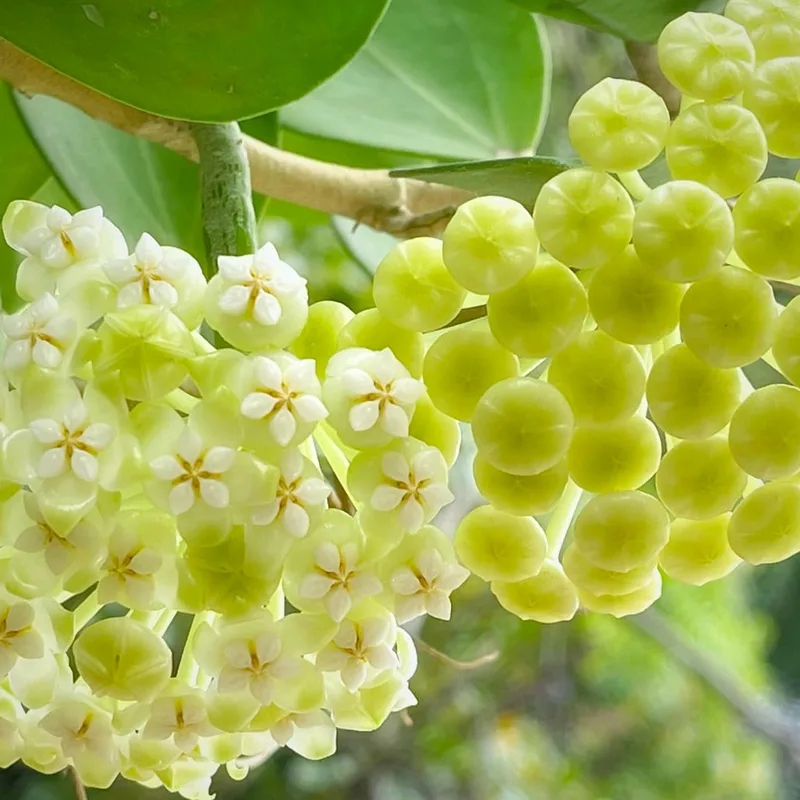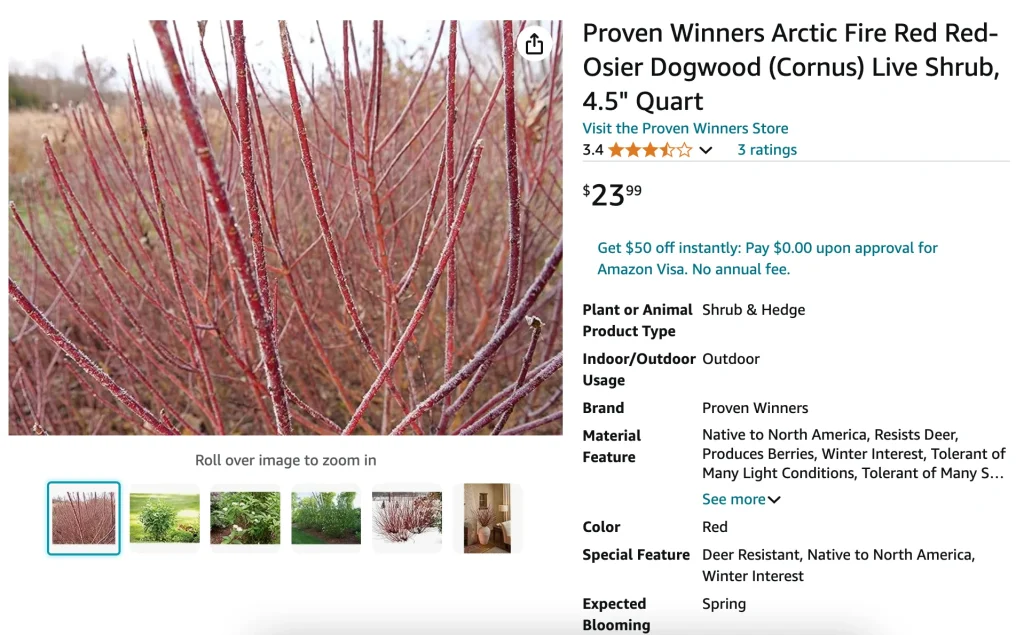
FAQs About Cornus Arctic Fire
As a plant enthusiast, I’ve had my share of experiences with various types of Cornus, and Cornus Arctic Fire stands out as a particularly striking choice. This hardy, beautiful shrub has earned a spot in many gardens for its eye-catching foliage and impressive resilience. If you’re considering adding Cornus Arctic Fire to your garden, you might have a few questions. Here’s a comprehensive guide based on my personal experience to address some of the most frequently asked questions about this fantastic plant.
56 Species in Genus Cornus – Dogwood
What Is Cornus Arctic Fire?
Cornus Arctic Fire is a deciduous shrub known for its vibrant red stems and attractive foliage. It belongs to the Cornaceae family and is often praised for its ability to bring color to the garden even in the winter months. The plant grows up to 6 feet tall and wide, making it an excellent choice for creating a focal point in your garden or providing background interest. Its striking red stems are especially notable during the colder seasons, offering a burst of color when other plants have faded.
How to Care for Cornus Arctic Fire?
Taking care of Cornus Arctic Fire is relatively straightforward, thanks to its hardiness. Here are some essential care tips based on my own experience:
- Location: Plant Cornus Arctic Fire in a sunny to partially shaded spot. It thrives in well-drained soil and benefits from a location where it can receive some morning sun and afternoon shade.
- Watering: Keep the soil consistently moist, especially during the growing season. However, avoid waterlogging, as this can lead to root rot. I’ve found that a layer of mulch helps retain moisture and keep the roots cool.
- Pruning: Prune the shrub in late winter or early spring before new growth begins. This encourages vibrant new stems and helps maintain a neat, compact shape. I usually cut back about one-third of the oldest stems to promote fresh growth.
- Fertilizing: Apply a balanced fertilizer in early spring to support healthy growth. I prefer using an organic option to avoid chemical buildup in the soil.
How to Propagate Cornus Arctic Fire?
Propagating Cornus Arctic Fire is a rewarding process and can be done through several methods. I’ve had success with the following techniques:
- Cuttings: Take softwood cuttings in late spring or early summer. Use a sharp knife to cut 4-6 inch sections from the new growth, making sure each cutting has at least one leaf node. Dip the cut end in rooting hormone and plant it in a mix of perlite and peat moss. Keep the cuttings moist and in a warm, shaded location until they develop roots.
- Layering: This method involves bending a lower branch to the ground and covering it with soil. Once roots develop at the buried section, you can sever the new plant from the parent and transplant it.
What to Plant with Cornus Arctic Fire?
Cornus Arctic Fire pairs beautifully with various plants, adding both contrast and harmony to your garden. Here are a few companion plants I recommend:
- Hostas: Their lush foliage complements the vibrant stems of Cornus Arctic Fire. I’ve found that Hostas do well in the shaded areas where Cornus can thrive.
- Heuchera: Known for their colorful foliage, Heucheras provide a lovely contrast to the red stems of Cornus Arctic Fire.
- Evergreens: Combining Cornus with evergreens like Pine or Juniper creates a stunning year-round display, balancing the seasonal interest of Cornus with the consistent greenery of the evergreens.
Is Cornus Arctic Fire Toxic?
Cornus Arctic Fire is generally considered non-toxic to humans and pets. This makes it a safe choice for gardens where children or animals play. However, as with any plant, it’s always wise to keep an eye on pets and kids to ensure they don’t ingest large quantities, which could cause minor digestive upset.
Benefits of Cornus Arctic Fire
Cornus Arctic Fire offers several benefits, including:
- Seasonal Interest: Its vibrant red stems provide a striking visual interest, especially in the winter when many other plants are dormant.
- Wildlife Friendly: The shrub can attract birds, especially during the winter months when they seek out food and shelter.
- Low Maintenance: With its hardy nature and minimal care requirements, Cornus Arctic Fire is an excellent choice for gardeners looking for an easy-to-care-for plant that still provides a significant visual impact.
Common Problems with Cornus Arctic Fire
While Cornus Arctic Fire is generally resilient, there are a few common issues to watch out for:
- Leaf Spot: This fungal disease can cause spots on the leaves. Ensure proper air circulation and avoid overhead watering to reduce the risk of infection.
- Root Rot: This occurs if the soil remains too wet. Make sure the plant is in well-drained soil and avoid overwatering.
Comparing Cornus Arctic Fire to Other Similar Plants
When comparing Cornus Arctic Fire to other types of Cornus, such as Cornus Alba (Red Twig Dogwood) or Cornus Sericea, a few differences stand out:
- Cornus Alba: Similar in its red stem color, Cornus Alba has a more upright growth habit and tends to be slightly less compact than Cornus Arctic Fire.
- Cornus Sericea: Known for its vibrant red stems, Cornus Sericea can grow taller than Cornus Arctic Fire and is also quite hardy but may require more maintenance.
In summary, Cornus Arctic Fire is a versatile and stunning addition to any garden. With its vibrant red stems and relatively easy care, it’s a plant that brings year-round interest and beauty. I hope this guide helps you decide if it’s the right choice for your garden. Happy planting!
If i die, water my plants!
